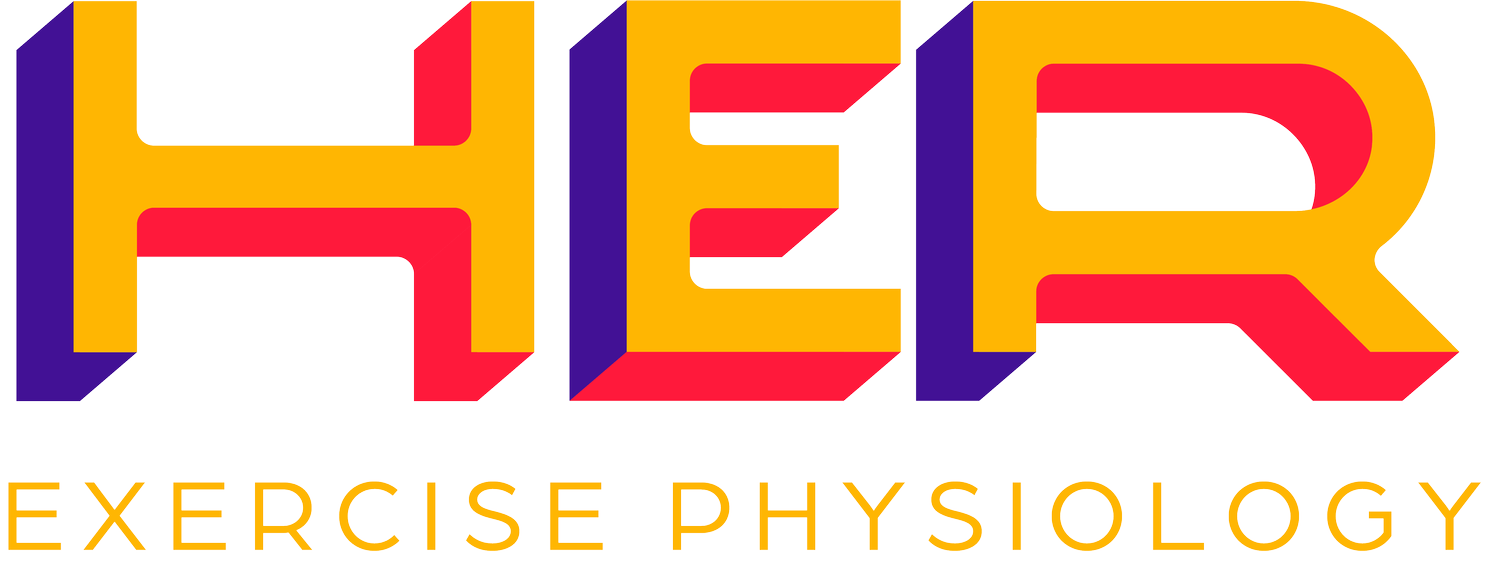Understanding Chronic Pelvic Pain and Pelvic Floor Tightness: What You Need to Know
Lately, I’ve noticed that nearly all my clients are dealing with pelvic floor tightness, often accompanied by persistent pelvic pain. Chronic pelvic pain is a common issue for many women, and it affects not only physical well-being but also relationships and daily comfort. For many, this pain is so disruptive that they seek out solutions, often after years of enduring discomfort.
Through my recent research, I came across an interesting study titled, Is there a difference in pelvic floor muscle tone between women with and without pelvic pain? This review explored various conditions that can cause chronic pelvic pain, including endometriosis, vulvodynia, and interstitial cystitis, and looked closely at how pelvic floor muscles might differ in people with and without these conditions.
Why Does Pelvic Pain Happen?
Pelvic pain can be tied to certain conditions where pelvic floor muscles become tense or tight. This can happen for a variety of reasons—sometimes related to conditions like:
Endometriosis – when tissue similar to the uterine lining grows outside the uterus, causing pain and inflammation.
Vulvodynia – unexplained pain or discomfort around the vaginal opening.
Genitopelvic Pain – pain associated with intercourse or penetration.
Interstitial Cystitis – also called “painful bladder syndrome,” causing bladder pressure and discomfort.
When these conditions are present it is more often than not, the pelvic floor muscles often become overactive, meaning they’re held in a tight position. This tension can create a cycle of pain that’s hard to break along with many other symptoms.
What Research Shows About Pelvic Floor Muscle Tone and Pain
This study reviewed many ways to measure pelvic floor muscle activity, including muscle tightness, stiffness, and flexibility. It found that women with chronic pelvic pain often had:
Higher muscle tension (known as tone) in their pelvic floor muscles.
Reduced flexibility and a smaller range of movement.
More stiffness in the muscles, making relaxation challenging.
These factors can make managing pelvic pain more complex. When muscles are in a constant state of tension, it can lead to a “stuck” feeling and create even more discomfort.
Finding Relief: How Muscle Relaxation and Retraining Can Help
In my experience with clients, one of the best ways to address chronic pelvic pain is to start with pelvic floor relaxation exercises. By gradually releasing tightness and then working on building core strength, many people find they have less pain and feel more at ease in their bodies.
This relaxation phase is key: instead of immediately strengthening, we focus on letting the muscles “reset” from their constant state of tension. Only after this release phase do we shift to gentle, targeted exercises that support the pelvic floor and core. This approach can be especially helpful for those with endometriosis, vulvodynia, and interstitial cystitis.
What Does This Mean for You?
If you’re dealing with chronic pelvic pain, there’s hope for relief. Here are some first steps to consider:
Focus on Relaxation: Learning to relax your pelvic floor muscles can make a huge difference. This might involve stretches, breathing exercises, and techniques that help release tension.
Explore Gentle Movement: Strengthening is important, but it works best when done after you’ve addressed tightness. Gentle movements, once pain is better managed, can support overall pelvic health.
Seek Support: A women’s health specialist can guide you with personalised exercises and approaches to relaxation, strength, and flexibility.
Living with chronic pelvic pain can be overwhelming, but understanding the role of your pelvic floor muscles is a powerful first step. With the right guidance and consistent practice, you can start to feel more comfortable and regain control over your well-being.
If you’re ready to take the next step toward relief, check out our specialized Pelvic Health Rehab Program! Designed to help you release, retrain, and strengthen your pelvic floor, this program is fully virtual and tailored to meet your unique needs. Click here to learn more and get started on your journey to pain-free movement!

